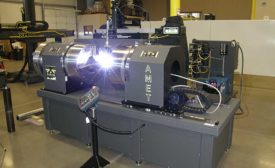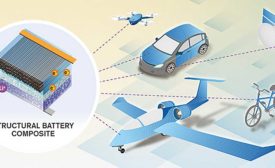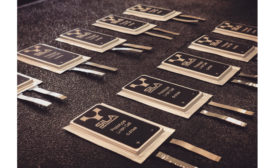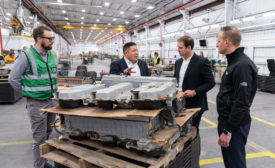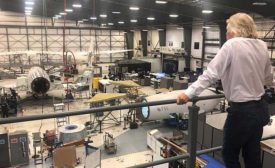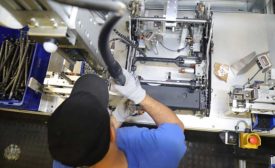Automotive Assembly
New Technology Boosts EV Batteries
Charging Lithium-Ion Cells at Different Rates Boosts Battery Packs
January 4, 2023
Autonomous Last-Mile Delivery Robots
Autonomous robots will soon be roaming city sidewalks and streets.
December 23, 2022
Heavy-Duty Electric Trucks
Battery power offers numerous advantages to medium- and heavy-duty trucks.
December 19, 2022
Never miss the latest news and trends driving the manufacturing industry
Stay in the know on the latest assembly trends.
JOIN TODAY!Copyright ©2024. All Rights Reserved BNP Media.
Design, CMS, Hosting & Web Development :: ePublishing
